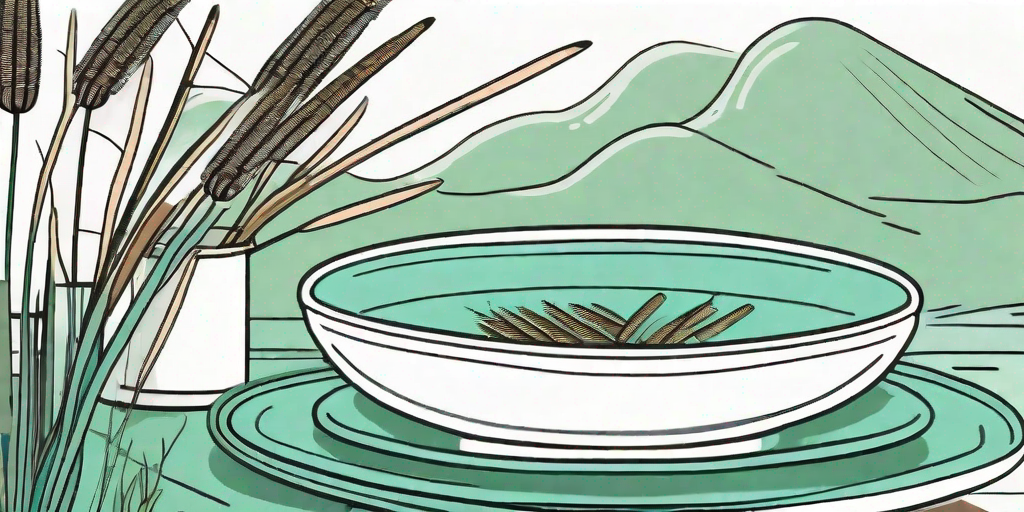
Ever found yourself wandering through a wetland, stomach rumbling, and wondered if those tall, hotdog-on-a-stick looking plants are edible? Well, you're in luck! Those plants, known as cattails, are not only edible but also quite nutritious. So, let's take a journey from the marshy wetlands to your dinner plate, exploring the edibility of cattails.
What are Cattails?
Before we start munching on marshland flora, it's probably a good idea to know what we're dealing with. Cattails, or Typha, are a genus of about 30 species of monocotyledonous flowering plants. They are native to marshy areas throughout the Northern Hemisphere. You can easily identify them by their unique, cigar-shaped flower spikes and long, flat leaves.
But these plants are more than just a pretty face in the wetland crowd. Cattails have been a staple in the diet of many indigenous cultures. They're like the supermarket of the swamp, offering a variety of edible parts throughout the year. Plus, they're packed with nutrients, including vitamin A, potassium, and phosphorus.
Edible Parts of the Cattail
Now that we've identified our plant, let's break down the edible parts. It's not just the hotdog-on-a-stick part that's edible, folks! Different parts of the cattail can be harvested at different times of the year.
Spring Harvest
In spring, the cattail shoots are the main attraction. They're tender, succulent, and taste a bit like cucumber. You can eat them raw, or cook them up in a stir-fry for a marshland delicacy.
Summer Harvest
As we move into summer, the green flower spike becomes the edible highlight. Before it turns brown and fluffy, it can be boiled and eaten like corn on the cob. Just remember to butter it up for that authentic corn-on-the-cob experience!
Fall and Winter Harvest
During fall and winter, the cattail's rhizomes can be harvested. These underground stems are starchy and can be processed into a flour substitute. Perfect for those gluten-free swamp pancakes!
How to Cook Cattails
So, you've braved the wetlands, harvested your cattails, and now you're ready to cook. But how do you turn this marshland plant into a tasty meal? Here are a few ideas:
Cattail Stir-fry
Chop up the tender shoots and toss them into a stir-fry with your favorite veggies. Add some soy sauce, ginger, and garlic for an Asian-inspired dish.
Cattail Pancakes
Grind the rhizomes into flour and use it to make pancakes. Top with some marshland berry syrup for a truly wild breakfast.
Cattail Soup
Use the shoots, flower spikes, and even the pollen to make a hearty soup. It's like the wetland's answer to chicken noodle soup!
FAQs
- Are all parts of the cattail edible?
- Yes, but they need to be harvested at different times of the year.
- Can I eat cattails raw?
- Yes, the spring shoots can be eaten raw. However, other parts like the rhizomes need to be cooked.
- Are cattails safe to eat?
- Yes, but make sure you're harvesting from a clean, unpolluted area. Also, always wash the plant parts thoroughly before eating.
Conclusion
So, there you have it! Cattails, the hotdog-on-a-stick of the wetland world, are not only edible but also quite tasty and nutritious. Whether you're a survivalist, a forager, or just someone looking for a new food adventure, cattails offer a unique culinary experience. So, next time you're wandering through a wetland, don't just admire the scenery. Get out there and harvest some cattails for dinner!















